Frederica Freyberg:
In the aftermath of Joe Biden’s withdrawal, Charles Franklin set to work on a new poll looking at how Kamala Harris squares against Donald Trump. This new touch point in the fast-moving race for president with the Marquette University Law School poll out this week. The polling looks at both national numbers and the state of play in Wisconsin. Poll Director Charles Franklin is here to walk us through the results and thanks for being here.
Charles Franklin:
Good to be here.
Frederica Freyberg:
So this poll went into the field before Kamala Harris picked Tim Walz for VP. What’s your sense of that choice for Democrats and whether he helps Harris in Wisconsin?
Charles Franklin:
The short answer is it’s too early to tell. What little national polling we have before he was picked shows that over 60% of the public doesn’t know enough about him to have an opinion. So this immediate rollout is a critical time for establishing that image for Democrats to do it positively. Republicans to be critical of him. So I think the best answer is we don’t know. Vice presidents usually aren’t a big effect. The best estimate is they boost the vote in their home state by between 1 and 2 percentage points. But that’s just a generalization.
Frederica Freyberg:
So at the top of the ticket, your national poll shows that among likely voters, it’s 53% for Harris and 47% for Trump. Now that’s a definite uptick over the Biden-Trump matchup.
Charles Franklin:
Yes, Biden and Trump had been running sort of head-to-head. This is definitely better in the national numbers than it is in the state numbers that we’ll get to. I think what we saw was a big boost in how people view Kamala Harris, and especially a boost in enthusiasm for Democrats.
Frederica Freyberg:
Let’s do take a look at those Wisconsin numbers then. Among again, likely voters, the numbers sit at 50% for Harris and 49% for Trump in your latest poll. So much has changed in this race with Joe Biden bowing out, but it’s still running about even.
Charles Franklin:
Yeah, here in the state, as opposed to the national numbers, we were virtually tied in June before the debate. We’re virtually tied now after the debate and the replacement with Harris. What that misses, though, is how much Biden’s support fell off between the debate and when he dropped out. The polling averages of other people’s polls, not mine, because we didn’t poll in between, showed Biden losing between 3 and 4 percentage points. Trump opening up a 4 or 5 point lead. In this poll when we asked if Biden had stayed in, would you vote for Biden or for Trump? Trump was leading by 4 or 5 points.
Frederica Freyberg:
Well, and speaking of Biden jumping out and Kamala Harris jumping in, let’s talk about enthusiasm to vote in Wisconsin. In your current poll, you say 61% say they are very enthusiastic about voting. That’s up from 46% in June.
Charles Franklin:
Yes, a 15 point increase in being enthusiastic. All year long we’ve seen enthusiasm running between 15 and 20 points below where it was at the same time in the 2020 election cycle, and that had not budged from last November through June. But now this substantial 15 point rise in enthusiasm.
Frederica Freyberg:
But how does this break down by party then?
Charles Franklin:
Not surprisingly, it’s Democrats who’ve had the biggest bump up. They’re up 22 points in enthusiasm. They had languished considerably even in June before the debate. Republicans had also gone up by about seven points. And that represents, I think, the convention bounce for the nominee, nomination of Donald Trump, as well as perhaps some post assassination attempt effect. Biden’s dropping out, though, really stepped on the post-convention bounce that you might have expected for the Republicans.
Frederica Freyberg:
Well in fact it all but kind of erased the Republican advantage in that way, right?
Charles Franklin:
I think so. It’s so hard to separate these things out because during the convention, there was the sense that Trump was very likely to win. And that shows up in our data of public opinion as well. Once Biden jumped out, Harris came in and the Democrats consolidated behind her, the effects of the convention got largely nullified.
Frederica Freyberg:
Let’s talk about the U.S. Senate race in Wisconsin. Democrat Tammy Baldwin is up five points on her Republican challenger, Eric Hovde, among likely voters, but up eight points when respondents were asked, “If you had to choose?” I’m wondering what are the implications of that question and those results?
Charles Franklin:
The — she’s been up 5 to 7 points in most of our polling since Hovde got in the race. About 14% say they haven’t made up their minds in the Senate race. And it’s those folks that we ask, “Well, if you had to choose, what would you do?” It doesn’t shift the balance very much – a couple of points, but it does show that still voters are making up their minds about these two Senate candidates, and especially Hovde, who’s considerably less well-known than Baldwin.
Frederica Freyberg:
As to issues in the race, the most important issues to Wisconsin voters are these: the economy one, abortion two, immigration three. Now Wisconsin voters placed the issue of abortion at higher importance than nationally. Does that surprise you?
Charles Franklin:
Yes. It’s an interesting thing. Partly that may be because of what happened after the Dobbs decision overturned Roe v. Wade, and we went back to our 1800s law for a while and then court cases about that. What we’ve seen in Wisconsin all along is that Democrats have ranked abortion number one, but independents, including now, put it fairly low down on their priority list as do Republicans. This is a little bit of a shift raising that. Immigration has also been falling a little bit over time. Now just barely into third place behind abortion. But there does seem to be a gap between Wisconsin opinion on this and national opinion.
Frederica Freyberg:
All right. Charles Franklin, thank you so much for being here.
Charles Franklin:
Thank you.
Search Episodes

Donate to sign up. Activate and sign in to Passport. It's that easy to help PBS Wisconsin serve your community through media that educates, inspires, and entertains.
Make your membership gift today
Only for new users: Activate Passport using your code or email address
Already a member?
Look up my account
Need some help? Go to FAQ or visit PBS Passport Help
Need help accessing PBS Wisconsin anywhere?

Online Access | Platform & Device Access | Cable or Satellite Access | Over-The-Air Access
Visit Access Guide
Need help accessing PBS Wisconsin anywhere?

Visit Our
Live TV Access Guide
Online AccessPlatform & Device Access
Cable or Satellite Access
Over-The-Air Access
Visit Access Guide
 Passport
Passport



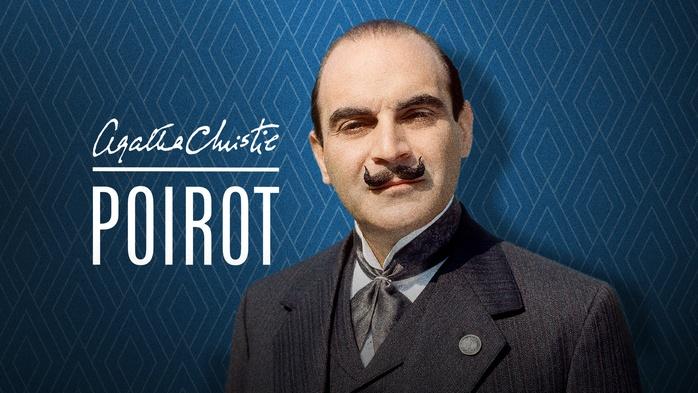


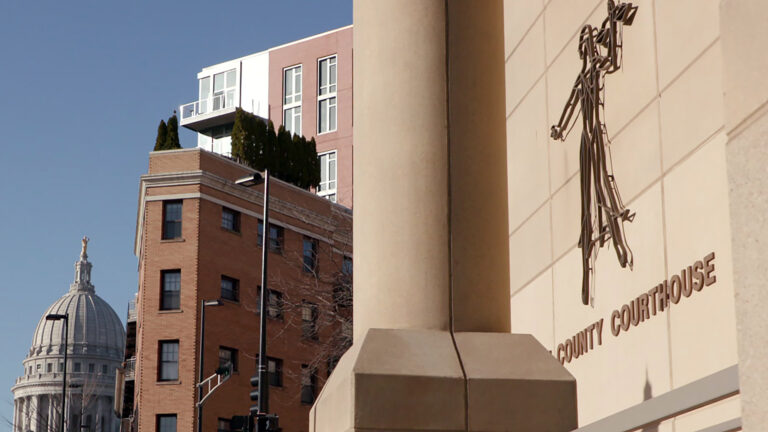


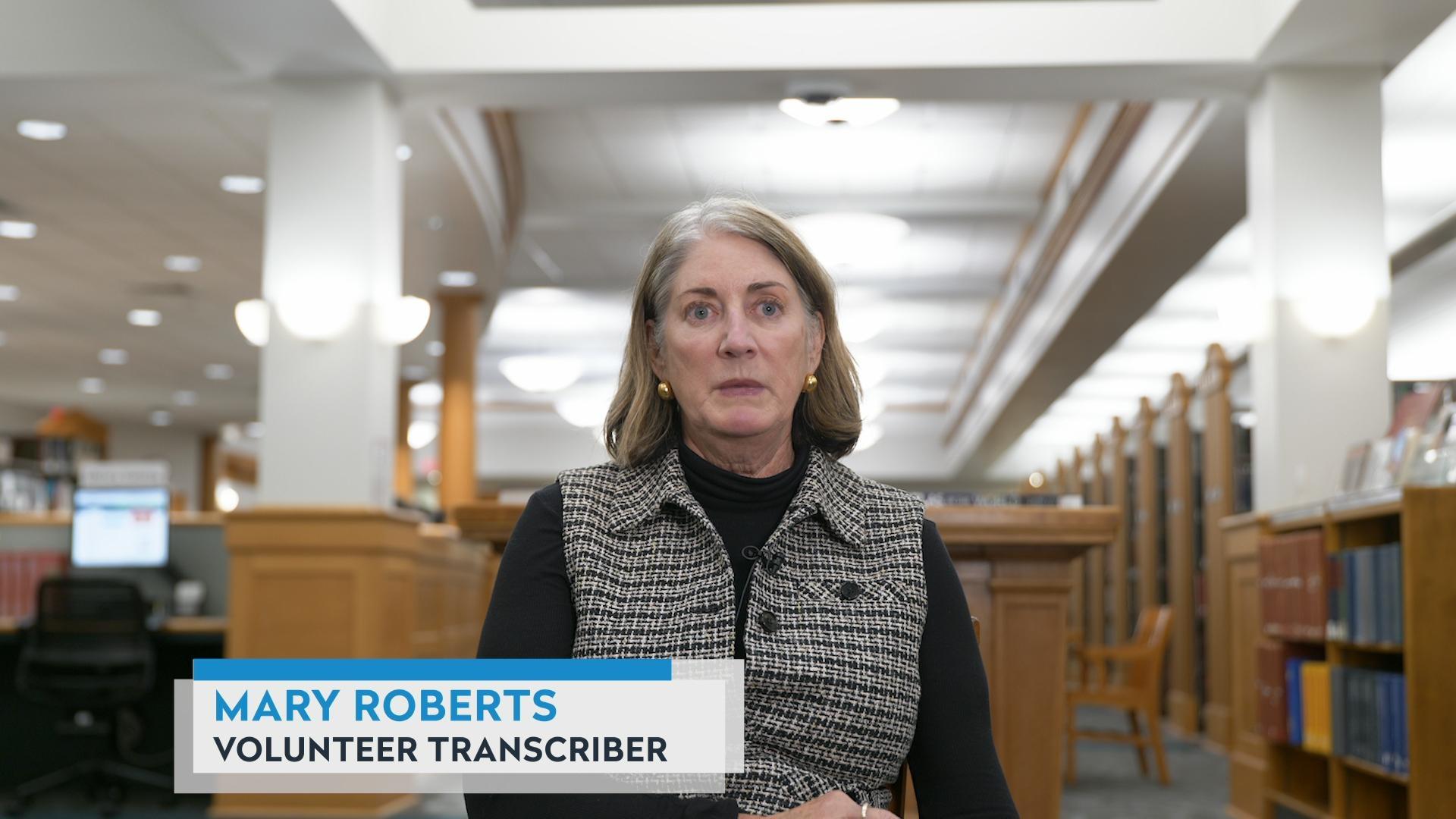


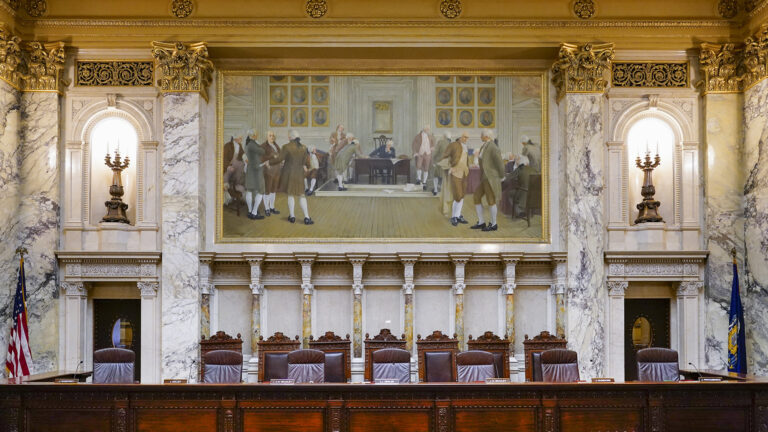
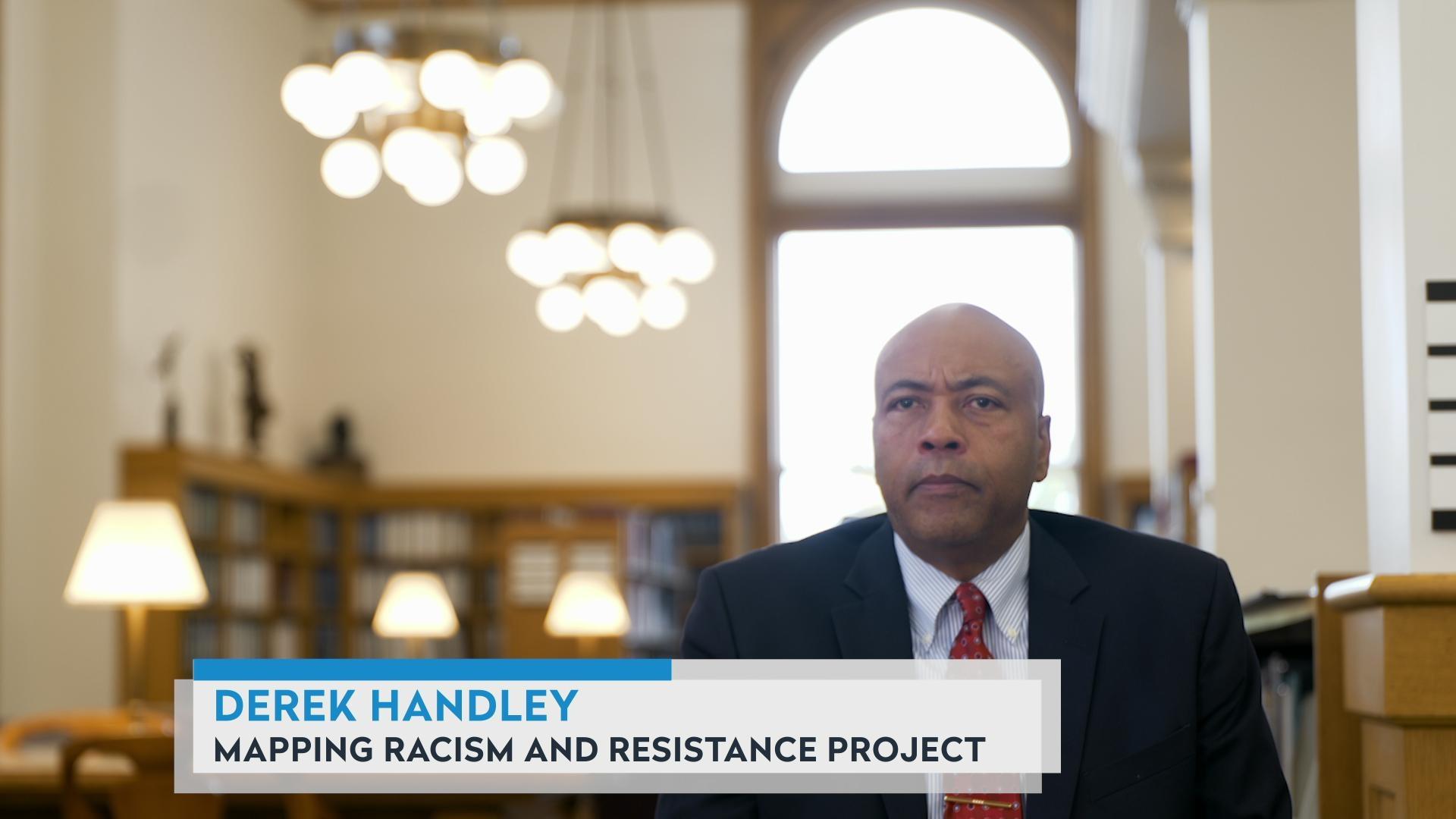
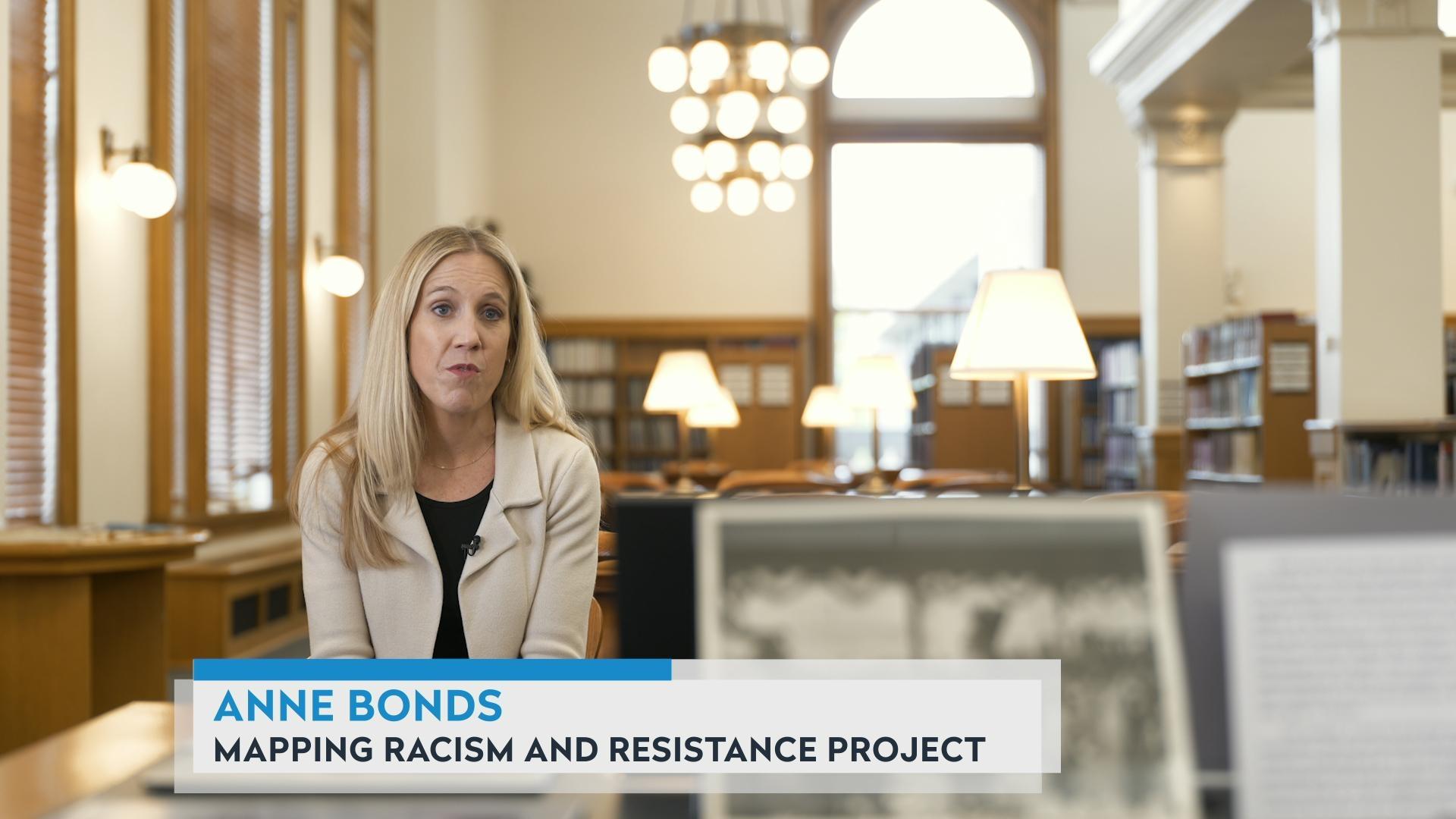
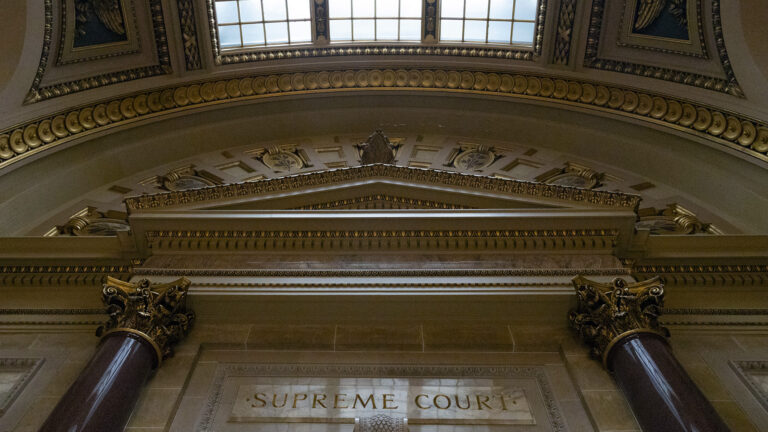
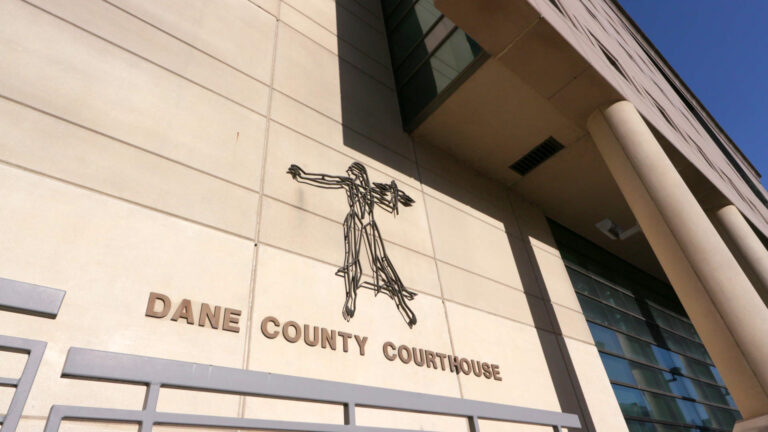

Follow Us